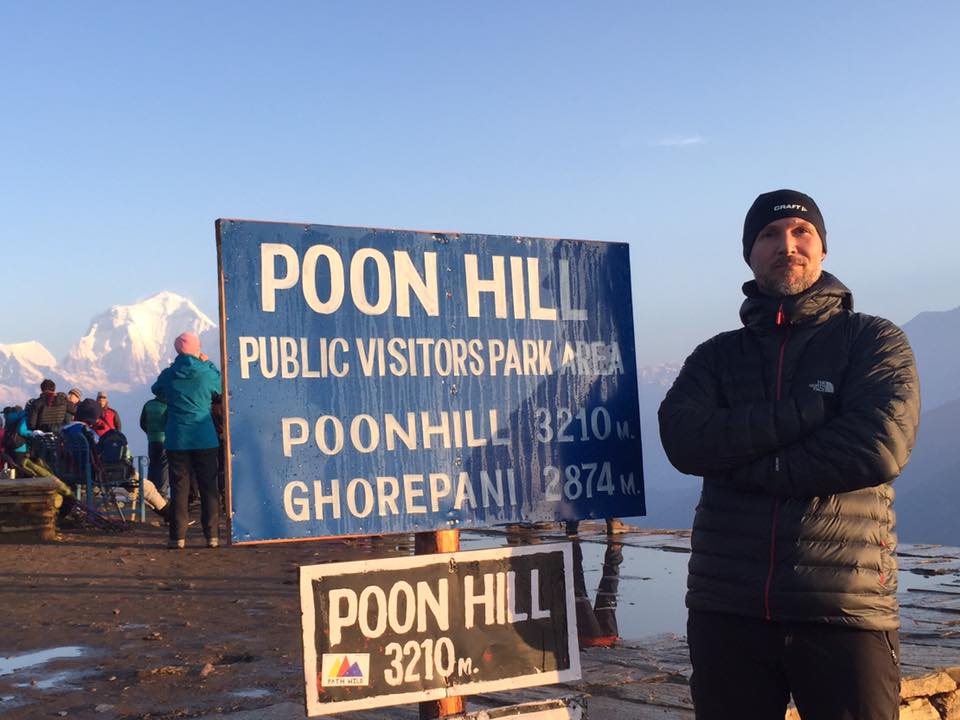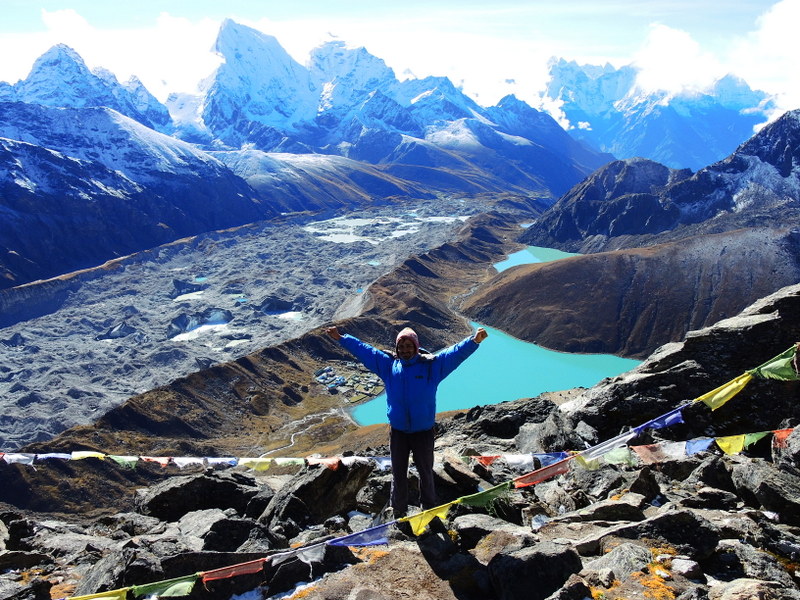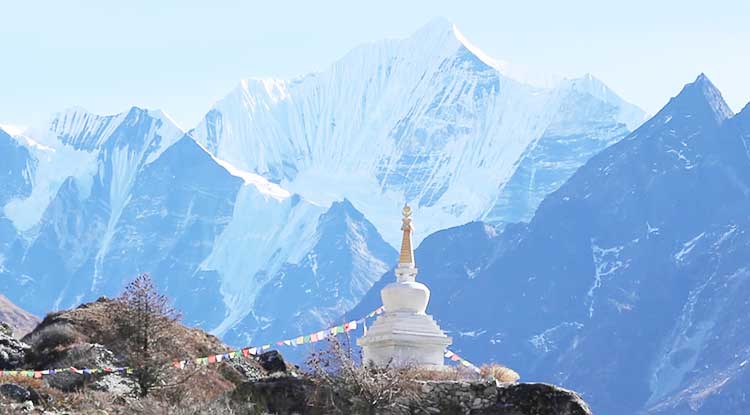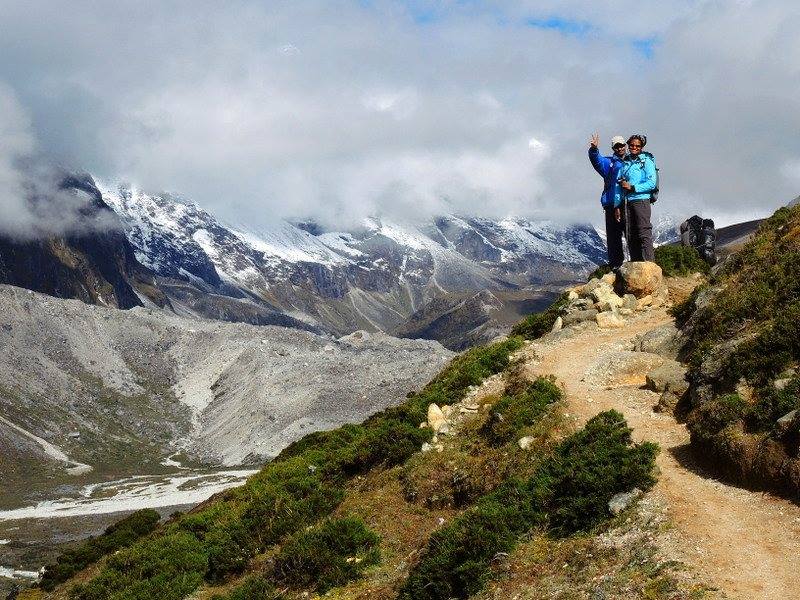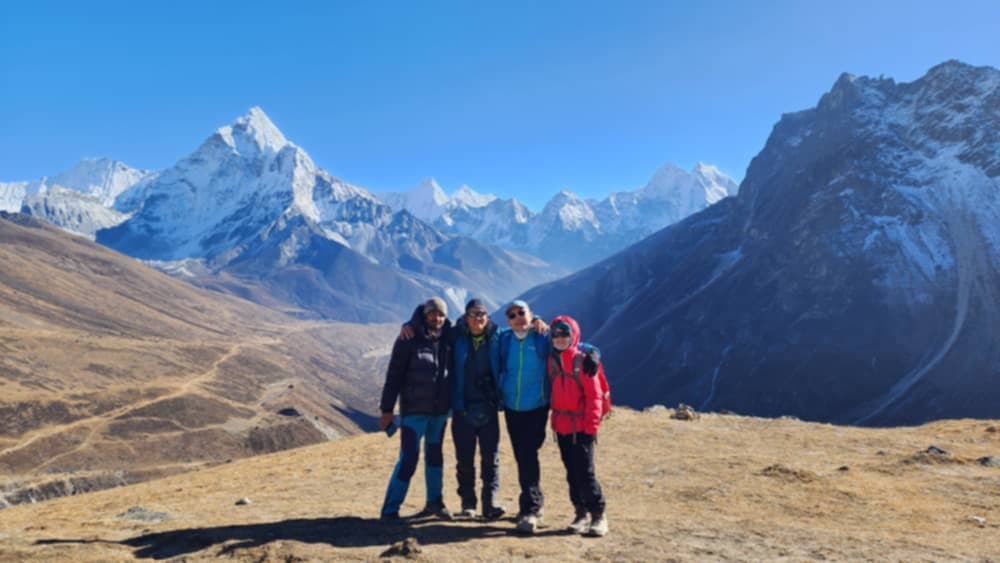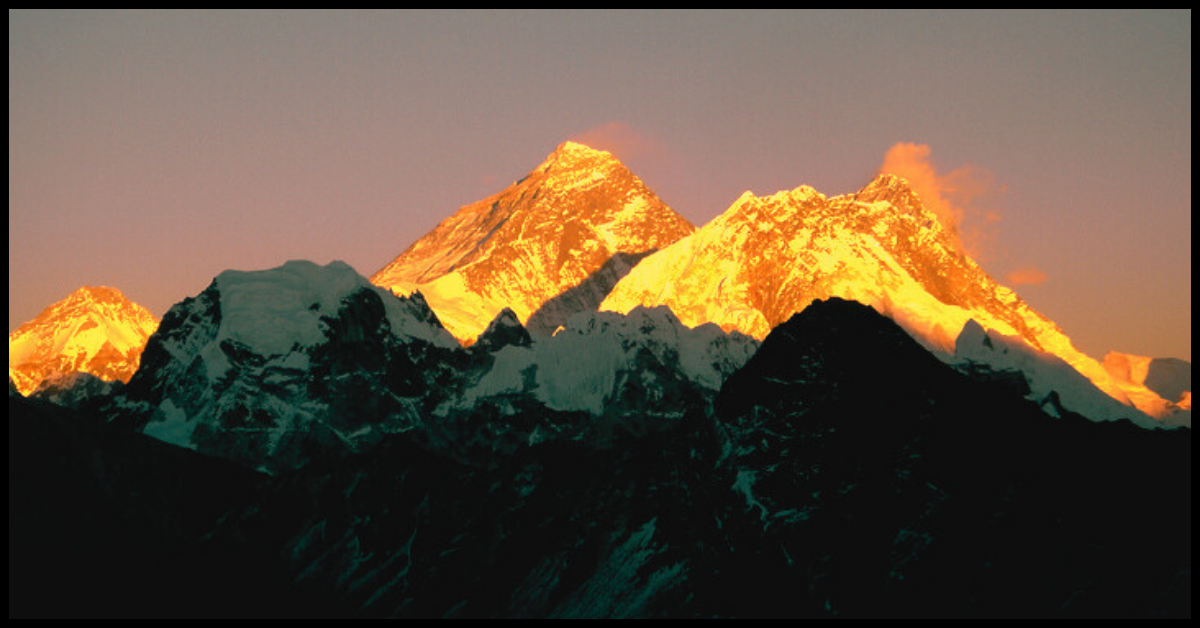Tour Description
GÕsainkund trek is a popular destination that takes you to the pristine alpine Lake of Gosainkunda and offers dazzling views of the Langtang mountain range, lush forests, and traditional Tamang and Sherpa villages where you will come in touch with locals, allowing to experiences their rich culture and hospitality.
Gosainkunda lies north from Kathmandu between Helambu, Langtang valley, and Langtang National park, is well known for the purest holy lake in the Langtang region, Nepal. The name Gosainkuna is formed by two word “Gosain” means Lord and “Kunda” is a holy pond. It is located at an elevation of 4380 meters with a surface area of 13.8 ha (34 acres). You can witness more than 108 small lakes in the vicinity, together with associated lakes, the Gosainkunda Lake complex is 1030 ha in size and on 29 September 2007, it was designated a Ramsar site.
Gosainkunda Lake is the holy glacial lake designed for those who want to feel alpine zone and experience Himalayan and classic mountain treks. According to Hindu Mythology, it is believed to be created by Lord Shiva with his Trishul so that he could drink its cold water and quench his thirst after swallowing a poison that threatened to destroy the world. The Lake has water volume of 1472000 m³ and has great religious significance which is well-known as a pilgrimage site for Hindus who flock to the site in august during Janaipurnima. The Hindus believe that the lake connects to Lord Shiva and all the Hindu deities descend to the lake in Janaipurnima so, taking bath during Janaipurnima purify the souls through various sins. The lake melts to form the Trishuli River and it also remains frozen for six months in the winter October to June.
There are several highlights of this trek. It offers incredible views of prominent mountains and peaks like Ganesh Himal (7422 meters / 24350 feet), Langtang Lirung (7227 meters / 23711 feet), Gaurishankar (7134 meters / 23406 feet), Dorje Lakpa (6966 meters / 22854 feet), Surya Peak (5145 meters / 16881 feet), and more.Another attraction is Gosainkunda Lake itself, and red, white, and pink rhododendron flowers which are the symbol of Gosainkunda. Additionally, the trek also takes you through the Langtang national park, established in 1976 to conserve the unique flora and fauna of the region. The park is surrounded by several notable peaks and also encompasses different vegetation zones, ranging from subtropical forests with oak and rhododendron trees to alpine meadows with diverse alpine flora. Similarly, the park is home to several wildlife, including red panda, Himalayan black bear, langur monkeys, Himalayan tahr, snow leopard, and a variety of bird species.
Besides this, you will also come across numerous small shrines, chortens, and a prayer flags, creating a spiritually enriching atmosphere. Visiting Kyanjin Gompa (3870 meters), a picturesque village with a Buddhist monastery, creates unforgettable moments. And a chance to rest at teahouses, enjoy local cuisine, and interact with fellow trekkers along the route adds to the charm of the trek. Overall, the Gosainkunda trek offers a diverse and visually stunning experience for anyone seeking a blend of natural beauty and cultural exploration in the Langtang region of Nepal.
The ideal time for Gosaikunda trek in Nepal
Spring (March to May) and autumn (September to November) is the best season for this trek as it provides uninterrupted views of iconic mountains, surrounding landscapes, and cultural atmosphere. During spring season, the weather is relatively mild offering warm temperatures throughout the day and cool nights, and the rhododendron flowers bloom with vibrant colors adds impressive scenery along the trail. Similarly, autumn also offers clear weather, with pleasant daytime temperatures and the cool nights. The skies are generally crisp and blue offering breathtaking views of the surrounding mountains.
Summer (June to August) and winter (December to February) is often considered challenging for trekking. The atmosphere during monsoon season can be humid and the trails may be muddy and slippery. Due to heavy rainfall, landslides are also a risk during this time. Although, provides a chance to witness a variety of wildflowers and to explore the lush and green landscapes. Likewise, winter brings colder temperature, with crisp atmosphere. The air is clear, days are sunny, but at higher elevations you may experience snowfall due to which the temperature drops significantly. Therefore, both of these seasons are appropriate for the experienced trekkers who want to experience thrills during the trek.
Foods and accommodations during 9 days Gosainkunda trek
During the Gosainkunda trekking, you will spend your overnights at tea houses, which basic lodges but you will be serve delicious Nepalese cuisine and clean and comfortable rooms, with basic amenities.
Foods: En route, you can find tea houses and lodges with basic facility. They usually provide plentiful and delicious foods to suit the preferences of the various trekkers, but it’s important to note that the options may be limited compared to urban areas. All the foods will be cooked by the local cook by using local vegetables so the taste would be very local. Some common foods you might find during the trek are: Dal Bhat (Lentil soup and rice), Noodles, Pasta, Rice and curry (rice served with vegetables, chicken), porridge, bread, dumplings, samosas, pancakes, and fried potatoes. Furthermore, the higher you ascend, the options may become more limited so you need to be flexible with your preferences and enjoy the local cuisine.
Accommodations: The accommodations in the mountain villages are generally basic. The rooms are available in a twin- shared basis. You will be provided with just a bed with a pillow and a blanket. As you gain altitude, the blankets may not be sufficient to warmth you so it’s better to carry your sleeping bag. During the peak season, you might have to share your rooms with fellow trekkers, but Visit Mount Pvt. Ltd. will help you with the pre- booking of your rooms after you conform yours’ booking. We will ensure accommodate you to the best available tea house with great views of the mountain and sceneries during the trek.
Likewise, single rooms are also available and they will be provided for a solo female traveler.
Is Guide and Travel Insurance require for Gosainkunda trek?
Guide: Hiring an experience trekking guide can enhance your safety and overall experience during the trek. A guide can help ensure you stay on the right track and avoid getting lost, provide valuable insights into the culture, traditions, and history of the region, and assists with logistical aspects such as arranging accommodation, meals and permits.
Travel Insurance: Visit Mount Pvt. Ltd. strongly suggests as well as recommends all the trekkers planning any trek and tour programs on the mountains to purchase travel and medical insurance for safety reason. The trek includes high- altitude trekking which may be physically challenging. Getting travel insurance helps to support financially against unforeseen circumstances that may occur during the trip such as flight cancellation or delay, lost or stolen luggage, emergency helicopter evacuation, and a medical emergency or an accident. Before you buy it, read the insurance documentation thoroughly and understand the coverage.
Altitude sickness during Gosainkunda trek
During this trek, you will reach at the maximum elevation of 5000 meters. So, as you gain altitude, you may feel symptoms like headache, nausea, tiredness, and so on. If you feel anyone of these you have to be careful and inform your guide or team on time.
Here are some expert tips to help you avoid altitude sickness when traveling to high- altitude destinations:
*Stop and rest where you are
*Make sure you’re drinking enough water
*Do not smoke, drink alcohol or exercise
*Eating foods and drinking fluids that contain carbohydrates
*Avoid heavy, fatty, and spicy foods
*Descend to a lower altitude if symptoms (headache, nausea, & dizziness) persist or worsen
*Dress in layers to regulate your body temperature
*Be aware of HACE and HAPE as these are life- threatening conditions and require immediate descent and medical attention


